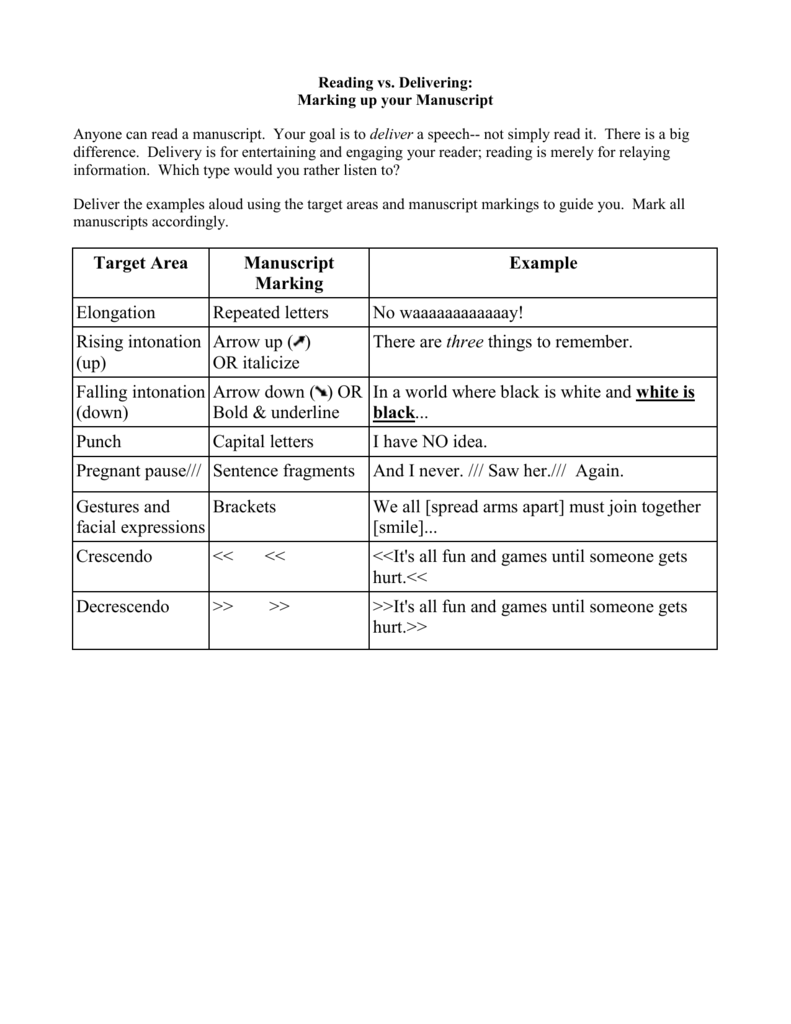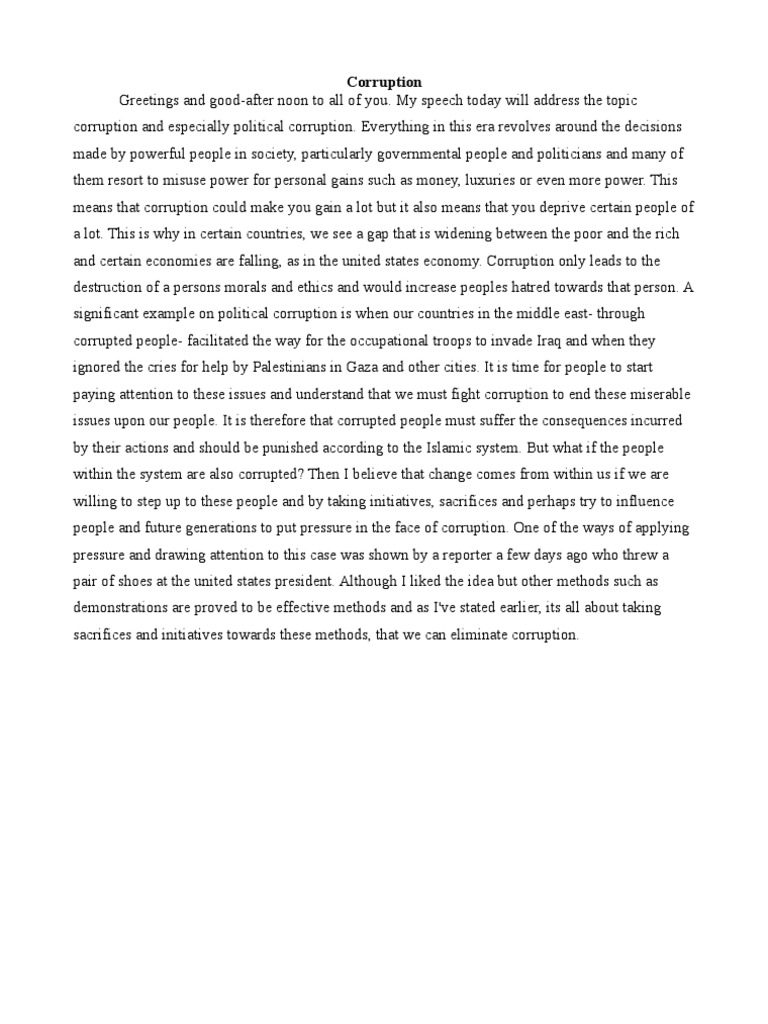
Finally, we used a parameter-optimized support vector machine (SVM) as a classifier to study the postoperative hearing and speech rehabilitation of the patients. Stability selection analysis identified two out of six characteristics, namely the vestibulocochlear nerve (VCN) area and the number of nerve bundles, which played an important role in predicting the hearing and speech rehabilitation results of CND patients. Then, we measured and averaged the audiological and radiographic characteristics of the patients to form feature vectors, adopting a multivariate feature selection method, called stability selection, to select the features that were consistent within a certain range of model parameters. Next, CI outcomes were evaluated based on the scores obtained after 2 years of CI from the Categories of Auditory Performance index, Speech Intelligibility Rating, Infant/Toddler Meaningful Auditory Integration Scale or Meaningful Auditory Integration Scale, and Meaningful Use of Speech Scale. First, using a data-driven approach, we collected demographic information, radiographic measurements, audiological findings, and audition and speech assessments. Seventy patients with CND and normal cochlea who underwent CI surgery were retrospectively examined. We assessed previous investigations aiming to identify the main factors that determine CI outcomes, which would enable us to develop predictive models.

Overall, the application of ML techniques to the management of LSB tumor has evolved rapidly over the past two decades, and the anticipated growth in the future could significantly augment the surgical outcomes and management of LSB tumors.Ĭochlear nerve deficiency (CND) is often associated with variable outcomes of cochlear implantation (CI). Most articles were included in the category of surgical management (13 40.6%), followed by those in disease classification (8 25%). The most commonly employed ML category was tree-based algorithms. The number of articles involving applications of ML techniques to LSB tumor surgeries has significantly increased since the first article relevant to this field was published in 1994.

All articles were assessed in regard to their application task, ML methodology, and their outcomes. Independent searches were conducted on PubMed and Web of Science between August 2020 and February 2021 to identify the literature pertaining to the use of ML techniques in LSB tumor surgery written in the English language. Subsequently, we present a systematic overview of previous applications of ML techniques to the management of LSB tumors.

The application of machine learning (ML) techniques to otolaryngology remains a topic of interest and prevalence in the literature, though no previous articles have summarized the current state of ML application to management and the diagnosis of lateral skull base (LSB) tumors.


 0 kommentar(er)
0 kommentar(er)
